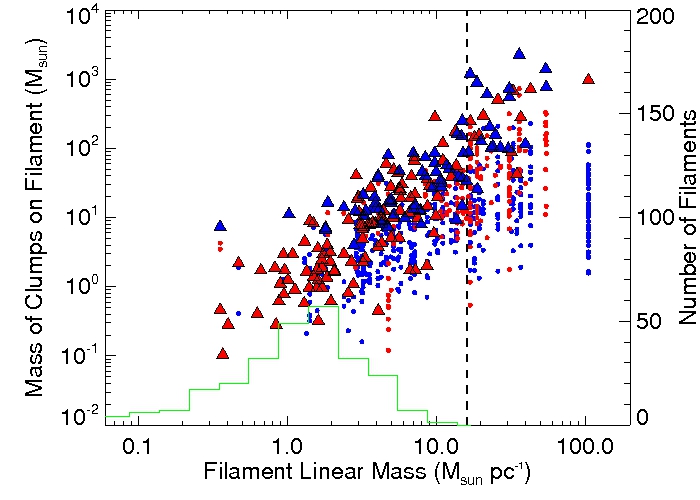| EPoS Contribution |
|
Morphology, physical conditions and relation with star formation of filamentary structure
Eugenio Schisano IPAC/CalTech, Pasadena, US | |
| The Herschel Space Observatory has proven that molecular clouds exhibt a morphology,that can be decomposed into few or multiple elongated filaments, eventually nesting toward large hubs. Filamentary structure can be identified both in quiescent and star forming molecular clouds. Regardless of the activity of the star formation it is found that the dense clumps and cores are most of the time located in the filaments. Are filament always necessary to form stars? Do they represent an intermediate stable state between the large molecular clouds and the clumps? Can they help us to understand the physical mechanisms at play to pass from an highly turbulent interstellar medium to the gravity-dominated collapsing cores? To answer these and similar questions it is necessary to study a representative sample of filaments from different enviroments. As first step in this work we identified ~500 filaments on the Galactic Plane from the Herschel observations in the Hi-GAL project. We found that almost all the dense material with Nh2 > 1021 cm-2 is arranged into filamentary structure. We find that the 74% of the pre- and proto-stellar compact sources already identified in the same region are mostly associated with filaments. While star formation is still happening outside the filaments, it's only on such structures that the expected critical values for high-mass star formation are met. This suggest that fthat these structures are required to channel material into the clumps. | |
 | |
| Caption: Mass of the clumps inside a filament as function of the hosting filament mass per unit length. Small dots are individual clump masses divided in red for near filaments (distance d<1.5 kpc) and blue for far ones (distance d>1.5 kpc). Triangles depict the total mass in clumps on that filament. For comparison, we also plot the filaments without clumps (green histogram) to show their distribution in mass per unit length. The vertical dashed line marks the critical mass per unit length ~16 Msun pc-1 for T~10 K. | |
| Collaborators: K.J. Rygl, ESA-ESTEC, Holland S. Molinari, IAPS, Italy D. Elia, IAPS, Italy G. Busquet, IAPS, Italy N. Billot, IRAM, Spain M. Pestalozzi, IAPS, Italy D. Polychroni, University Athens, Greece |
Suggested Session:
Filaments |

